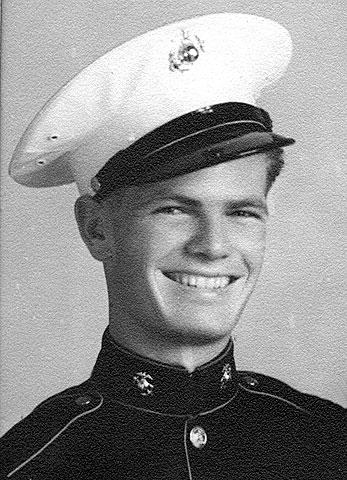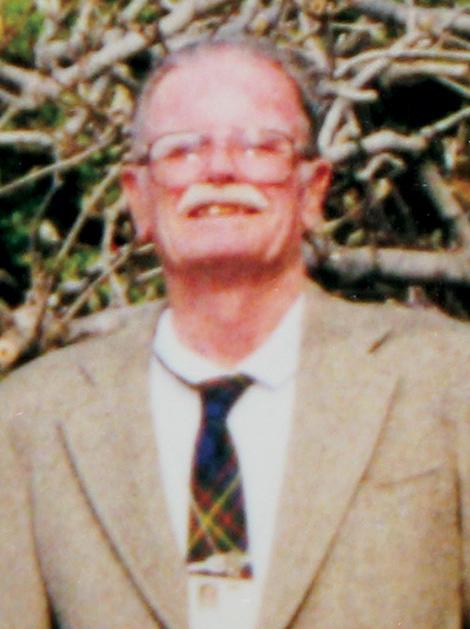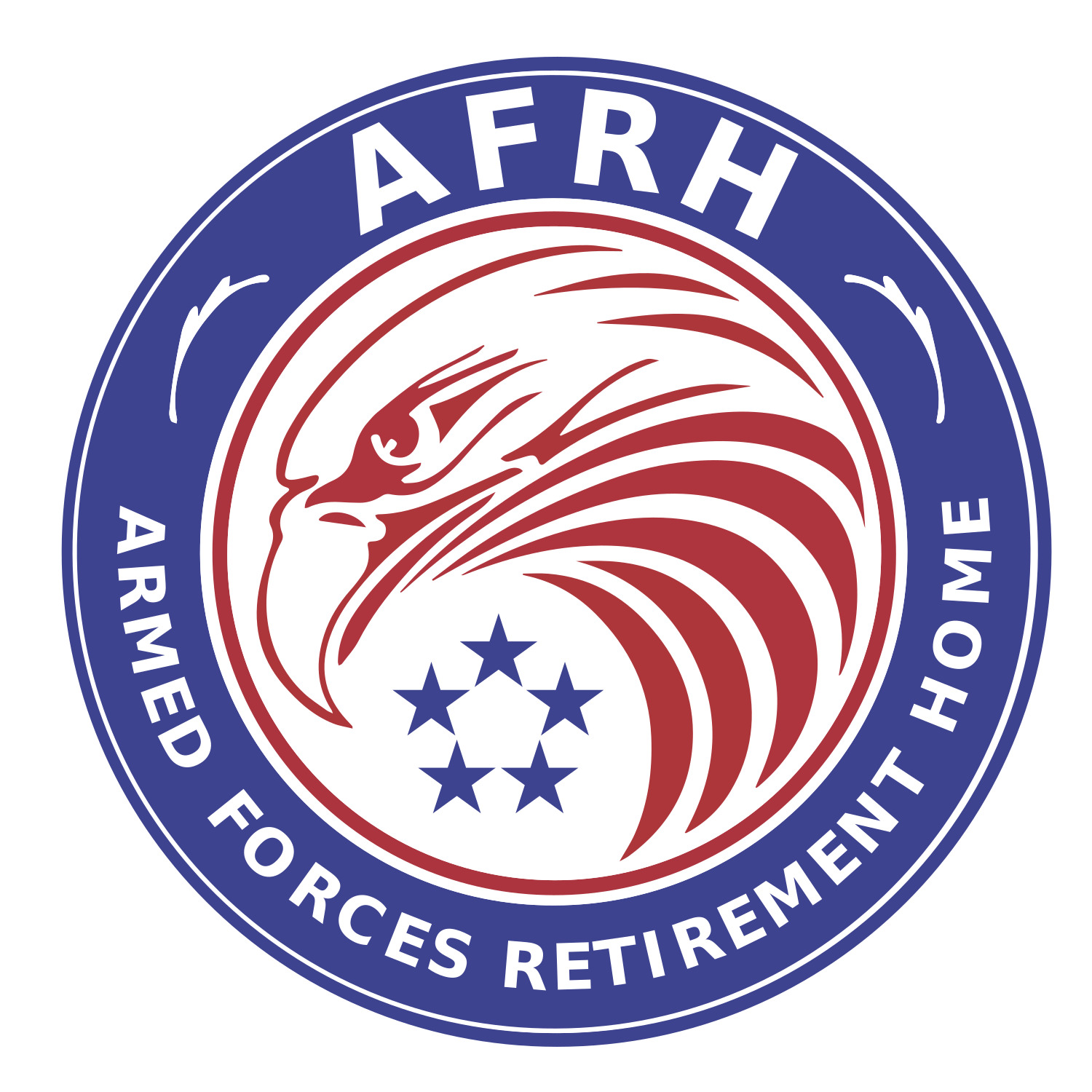

WILLIAM McLAUGHLIN: PEARL HARBOR SURVIVOR
By Christine Baldwin
William McLaughlin was born in San Francisco, but moved to Wilmington, CA, where he grew up. Experiences through school in various ROTC programs convinced him to pursue a military career. In high school, in the late 1930’s, he joined the Marine Corps Reserves. In 1940, William’s unit was called to active duty. His commander called him in and asked if wanted an easy out to finish school. William said “NO! If you guys are going on active duty, I’m going too!” He officially joined the Marine Corps on January 18, 1940 and was stationed at North Island, San Diego, CA. In January, 1941, William was sent to the Island of Oahu, Hawaii to build an air station. The base was named Marine Corps Air Station “ETA”. William was a jack of all trades; a clean up man, a machine gunner, and RDF (radio direction finder) operator, etc. The plane they flew was the Scout Bomber Douglas.
The Japanese bombed Pearl Harbor at 8:00 a.m. and hit William’s base at 8:05 a.m. William had just finished breakfast and was outside the mess hall smoking his first cigarette of the day, when he saw an airplane approaching. The plane was so low he could see the gunner, and he waved to him. The man smiled and waved back. William saw the red circle on the wing, but it didn’t sink in that it was a Japanese plane. Then the pilot made a hard right turn and came at them again…this time shooting! William and another man grabbed their rifles, which were Springfield bolt action rifles vintage World War 1, and returned fire. Suddenly, the aircraft began to drop and William thought “I got that sucker, I got him!” A wheel hit the runway and the plane bounced a couple of times, but then pulled up and away. Machine gun strafing from that one plane destroyed 16 of our aircraft and the hangers.
As the war progressed, William joined a Marine bomber outfit, which retrofitted and flew the B-25 Mitchell bombers on 14 hour bombing runs from Saipan, in the Pacific, clear into the main waters off Japan. They flew in complete darkness. The only light on their plane was a small red lamp the bombardier/navigator used to shine on his charts. As far as William knew, they were the first Americans in aviation history to use radar guided rockets. They were so successful at sinking Japanese ships; they received the Naval Commendation Ribbon for their efforts. William’s main job was to be a line chief, supervising the aircraft maintenance operations. In February 1945, his outfit was redeployed to Iwo Jima to put their planes closer to the Japanese shipping targets. The battle of Iwo Jima was still raging and continued for several more days. The casualties were enormous; they lost about 25,000 Marines in that campaign. It was the only time William ever saw American troops being buried by a bulldozer. But they had to do something to get them underground. They had chaplains and grave registration men removing the dog tags and did everything as respectful as possible by the book.
Next, they went to Okinawa. William was there when they dropped the bombs on Hiroshima and Nagasaki in August to end the war. There next move would have been to invade Japan and William’s unit would probably have been used to supplement the invasion. For all his work, William received Battle Stars for the campaigns in Saipan, Iwo Jima and Okinawa.
After the war, William went to work for a government agency called the Island Trading Company in the Marshall Islands and again in Saipan. His job was to grade and buy dried coconut in which to make palm oil. He also got a college education in New Mexico and helped build a military air base in Dharan, Saudi Arabia. However, William still had the taste for the military life, so he enlisted in the Air Force in 1956. He retired as a Master Sergeant in 1971 with 22 years of service.
William was married to a Scottish woman and has 2 grown children and 2 granddaughters still living in Scotland.
- Log in to post comments
